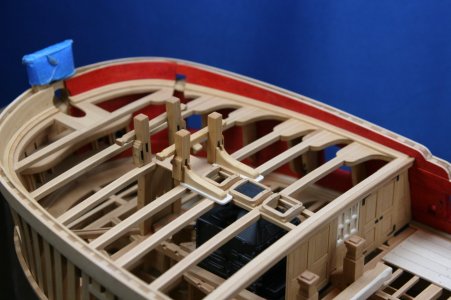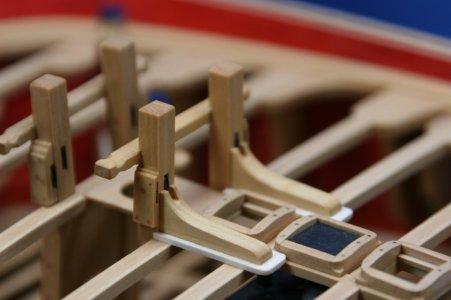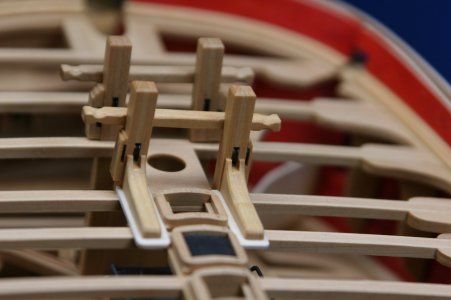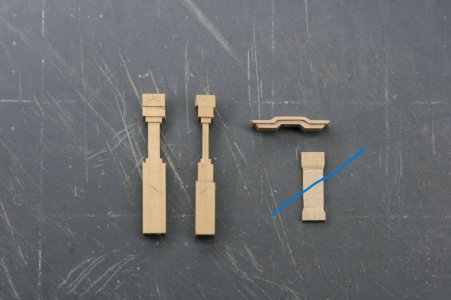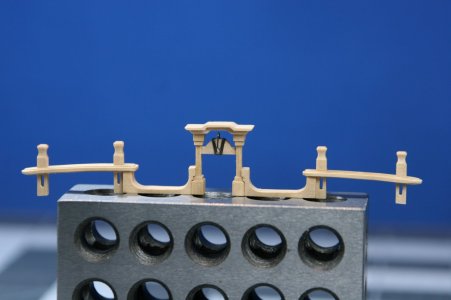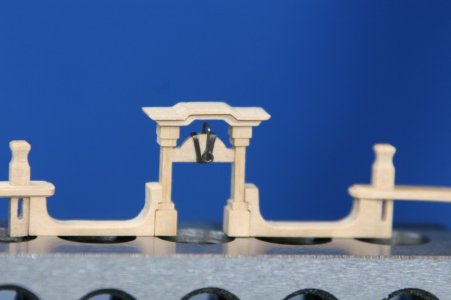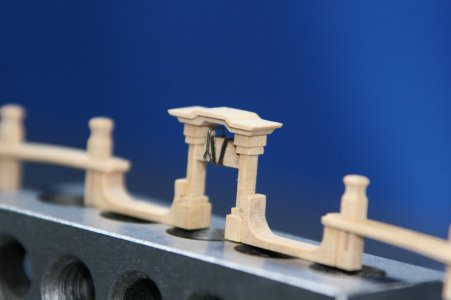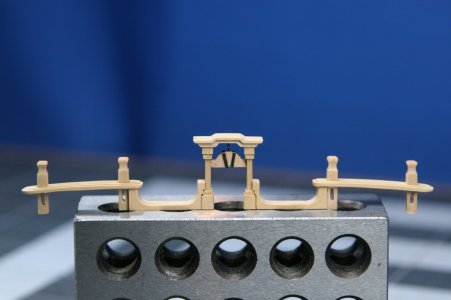Paul, i had to do some catching-up, ( about a month) and it took me quite some time, meanwhile i am thinking how on earth can i try to replicate some of this work???
the answer is: i have not got the faintest idea, but it is marvelous as always.
As some people here say: WOW,........... i totally agree with them
the answer is: i have not got the faintest idea, but it is marvelous as always.
As some people here say: WOW,........... i totally agree with them





 It's all relative
It's all relative 
